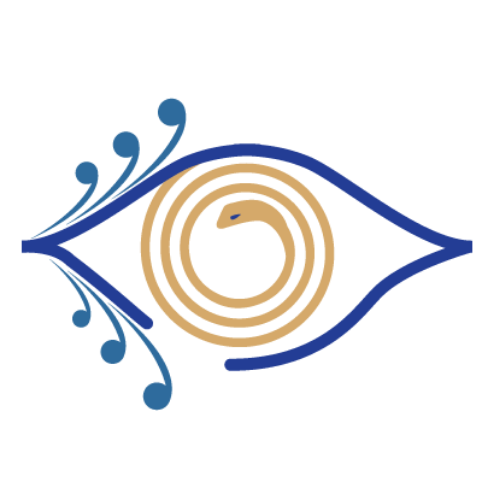A Beginner’s Guide to Sound Healing
What the Heck is Sound Healing?
(And Why It’s Not Just a Gong Show)
Let’s cut to the chase. You’ve probably seen sound healing on Instagram—someone waving a bowl around like they’re auditioning for a Harry Potter film. Or maybe you’ve heard the words “432 Hz” and thought, “Sounds suspiciously specific, but okay.” But what is sound healing, really? And why is it suddenly everywhere, from wellness retreats to corporate breakrooms?
Sound healing is the ancient-but-also-modern art of using vibrations to bring balance and harmony to your body, mind, and spirit. This isn’t some fluffy woo-woo nonsense (although I admit, it can look a little mystical at first). There’s real science, history, and a whole lot of magic in sound healing.
Shannon Rose Scott giving a Sound Bath Massage to another participant during her Himalayan Singing Bowl Training in Rishikesh India.
A Brief History of Sound Healing (Hint: It Didn’t Start on TikTok)
Sound healing has roots that stretch back to ancient cultures across the globe. Think of the chanting monks of Tibet, the drumming shamans of Africa, and even ancient Greek philosophers like Pythagoras, who thought music could heal the soul.
Fast forward to today: sound healing is a modern wellness tool that combines these ancient techniques with cutting-edge science.
The Science-y Bit: Why Sound Actually Works
Here’s the deal: Everything in the universe vibrates, including you. When your vibrations get out of whack (stress, illness, too many bad dates), sound can help bring you back into tune.
How? Through something called entrainment. It’s a fancy way of saying your body, brain, and energy field naturally sync up with external rhythms and frequencies. It’s like when you’re at a concert and start tapping your foot without realizing it—your body wants to vibe.
What Does Sound Healing Look Like?
It can involve a variety of tools and techniques, from crystal singing bowls and tuning forks to gongs, drums, and even your own voice. Sessions might look like this:
Lying Down: You’re on a mat, cozy with blankets and an eye mask. (Sound healing = basically a grown-up nap.)
Listening: The practitioner creates soundscapes, usually starting soft and building up to more complex rhythms and tones.
Feeling: Vibrations can literally ripple through your body. Some people report tingles, deep relaxation, or even tears.
Sound Healer Shannon Rose Scott offering a Gong Bath to participants in Ontario, Canada.
Top 5 Benefits of Sound Healing
Stress Reduction: Lower cortisol levels? Yes, please.
Deep Relaxation: Sound helps activate your parasympathetic nervous system, aka your chill mode.
Improved Focus: Those theta brainwaves can work wonders.
Better Sleep: Forget counting sheep—try vibrations instead.
Emotional Release: Sound can help you let go of buried feelings, whether it’s anger, sadness, or the breakup playlist you never deleted.
Why I Fell in Love with Sound Healing
Here’s the thing: I didn’t set out to become a sound healer. I was just a burned-out yoga teacher who needed something more. Then I discovered sound, and it hit me like a gong to the soul.
The first time I experienced a sound bath, I cried like a baby—tears of release, relief, and realizing I’d found something truly transformational. That’s why I teach sound healing now. It’s not just about pretty tones and vibes; it’s about transformation.
Co-facilitating Sound Healing workshops with Women’s Circles
How to Get Started with Sound Healing
If you’re new to this, here’s how to dip your toes into the vibrational waters:
Try a Sound Bath: Check out local studios or online sessions.
Experiment with Tools: Singing bowls, tuning forks, even your own voice.
DIY Sound Healing: Use a playlist of healing frequencies (432 Hz is a good start).
Join a Certification Training: Learn the basics from a pro (yes, like me!).
Sound Healers-In-Training - learning the intricacies of Gong Baths
Sound Healing: The Future of Wellness?
If you’re thinking, “This sounds cool, but is it just a trend?” I get it. But here’s the thing: Sound healing is ancient. It’s been around longer than kale smoothies, and it’s not going anywhere.
So, whether you’re curious or skeptical, give it a try. You might find the thing you didn’t know you were looking for.







